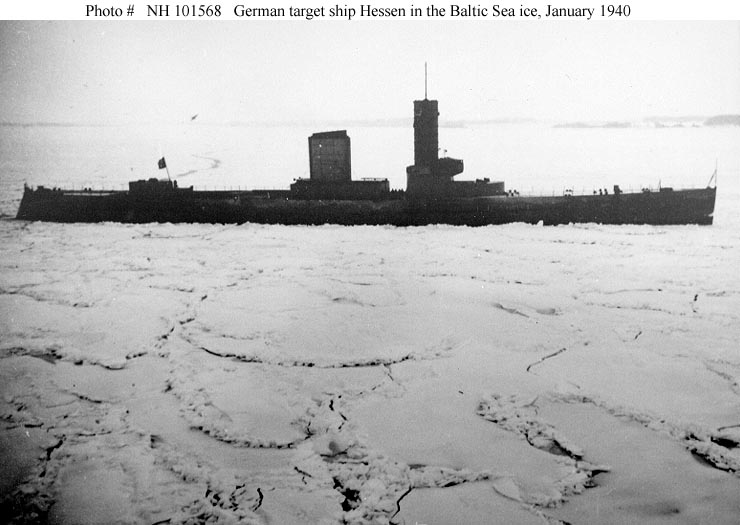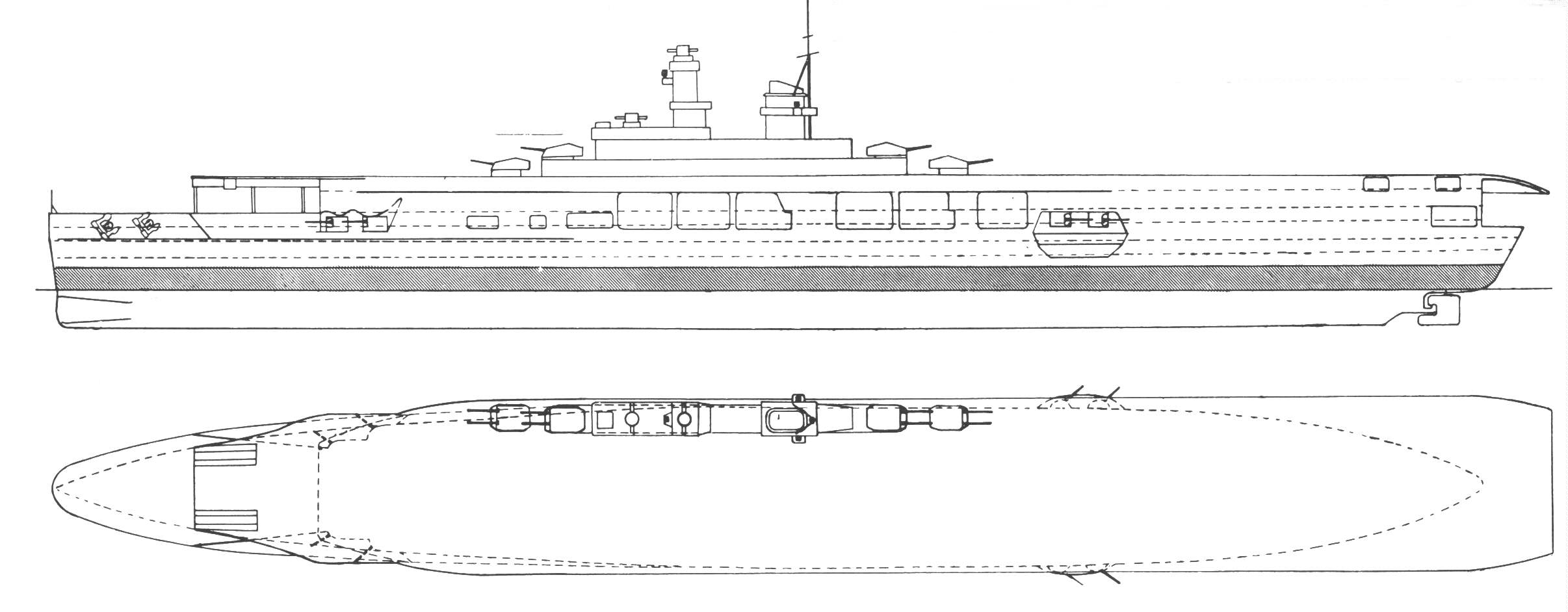Hello everyone!
So this is my first time ever posting on AH.com, and I wanted to start with a subject that has always interested me: the Kriegsmarine.
I know there have been a lot of threads on this website about this navy, and I know that it has not a chance in hell of winning the Second World War short of a POD before 1900. However, I have often considered ways in which the Kriegsmarine could have done significantly better, and so posed a worthier challenge to the Royal Navy.
Now I was watching a Drachinifel Drydock the other day in which he discusses the Battle of Drøbak Sound, and what ship would have done best to replace the Blücher in that battle. Apparently, a monitor-type ship would have done the job: lots of anti-torpedo protection, decent armour and heavy guns, perfect for forcing the coastal defences.
I was also reading Wikipedia on the Deutschland-class cruisers, and found that around 1943 there was a proposal to convert them into aircraft carriers: https://en.wikipedia.org/wiki/Deutschland-class_cruiser#Possible_conversion
So I began considering two things:
(1) Could the Kriegsmarine have converted the three Deutschland-class ships to carriers instead of attempting to build the Graf Zeppelin-class? If so, what do you think their projected airgroup would be (taking Goering into account), and how effective do you think they would have been? Bonus points if you can get them completed by 1940 and worked up by, say, March 1941.
(2) Could the Kriegsmarine have used the spare 28cm triple turrets and 15cm guns from these conversions to construct six 20-knot monitor type ships, for use in coastal operations? I think that this is relevant to their strategic thinking since they were worried about an attempted French or Polish amphibious landing, and also since they would be useful in the Baltic or on the Norwegian coast. If they could build them, do you think they could have been used well in Norway, or indeed in the war as a whole?Bonus points if you can get at least two completed by Operation Weserübung.
And, on a related note:
(3) How would German battleship and heavy cruiser construction be impacted by this, since Graf Zeppelin's and Peter Strasser's slipways are not being used?
Looking forward to your replies!
So this is my first time ever posting on AH.com, and I wanted to start with a subject that has always interested me: the Kriegsmarine.
I know there have been a lot of threads on this website about this navy, and I know that it has not a chance in hell of winning the Second World War short of a POD before 1900. However, I have often considered ways in which the Kriegsmarine could have done significantly better, and so posed a worthier challenge to the Royal Navy.
Now I was watching a Drachinifel Drydock the other day in which he discusses the Battle of Drøbak Sound, and what ship would have done best to replace the Blücher in that battle. Apparently, a monitor-type ship would have done the job: lots of anti-torpedo protection, decent armour and heavy guns, perfect for forcing the coastal defences.
I was also reading Wikipedia on the Deutschland-class cruisers, and found that around 1943 there was a proposal to convert them into aircraft carriers: https://en.wikipedia.org/wiki/Deutschland-class_cruiser#Possible_conversion
So I began considering two things:
(1) Could the Kriegsmarine have converted the three Deutschland-class ships to carriers instead of attempting to build the Graf Zeppelin-class? If so, what do you think their projected airgroup would be (taking Goering into account), and how effective do you think they would have been? Bonus points if you can get them completed by 1940 and worked up by, say, March 1941.
(2) Could the Kriegsmarine have used the spare 28cm triple turrets and 15cm guns from these conversions to construct six 20-knot monitor type ships, for use in coastal operations? I think that this is relevant to their strategic thinking since they were worried about an attempted French or Polish amphibious landing, and also since they would be useful in the Baltic or on the Norwegian coast. If they could build them, do you think they could have been used well in Norway, or indeed in the war as a whole?Bonus points if you can get at least two completed by Operation Weserübung.
And, on a related note:
(3) How would German battleship and heavy cruiser construction be impacted by this, since Graf Zeppelin's and Peter Strasser's slipways are not being used?
Looking forward to your replies!



